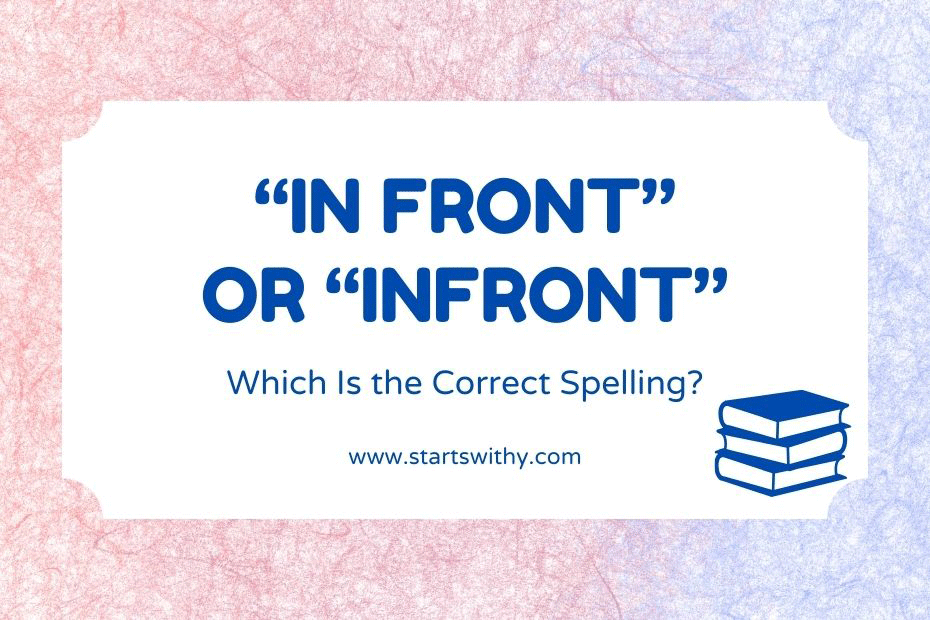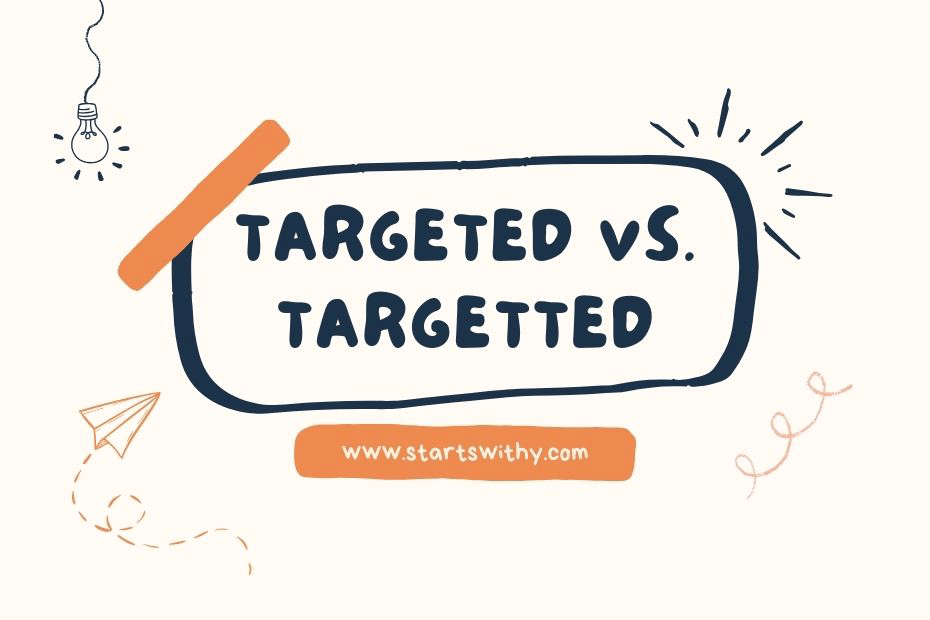We often hear the phrase “tied up” in various contexts, but what does it really mean? “Tied” in this expression refers to being bound, connected, or restricted in some way.
When something is “tied up,” it usually implies that it is being fastened or secured, either physically or metaphorically. This term can convey a sense of being held back, occupied, or unable to move freely.
7 Examples Of Tied Used In a Sentence For Kids
- The shoelaces tied together.
- The ribbons were tied in a bow.
- The kite string was tied to the stick.
- The balloons were all tied up.
- The puppy’s leash was tied to the fence.
- The two ropes were tied in a knot.
- The scarf was tied around the neck.
14 Sentences with Tied Examples
- She tied her hair up before starting her study session.
- He always makes sure his notes are neatly tied together before exams.
- The deadline for the assignment tied her down to her desk for the entire weekend.
- The lack of proper planning tied them up in a difficult situation during the group project.
- She tied her shoelaces tightly before heading out for her morning jog.
- The heavy workload tied him up, leaving him with little time for extracurricular activities.
- The intricate concepts in the lecture were closely tied to the previous week’s material.
- The strict attendance policy tied her to attending every class, no matter how early.
- The long lines at the photocopy center tied up his plans to get his notes printed before the exam.
- The college festival preparations tied up the student council members for weeks.
- The unexpected power outage tied up their group video presentation.
- The lack of available resources tied their hands when it came to researching for their thesis.
- The complex algorithms discussed in class were deeply tied to their upcoming programming project.
- Her part-time job tied her up on weekends, making it difficult to participate in campus events.
How To Use Tied in Sentences?
To use the word “Tied” in a sentence, you can follow these guidelines:
-
Definition: The word “Tied” is the past tense of the verb “Tie,” which means to fasten or bind something with string, rope, or another material.
-
Examples:
- “She tied her shoelaces before going for a run.”
- “The boxer tied his gloves tightly before entering the ring.”
- “I always tie a ribbon around the gift to make it look more festive.”
-
Subject-Verb Agreement: When using “Tied” in a sentence, make sure the subject and verb agree in tense. For example, “I tied the knot” (correct) vs. “I tie the knot” (incorrect).
-
Tense Consistency: Use “Tied” when referring to actions that have already taken place or were done in the past. For ongoing or future actions, use “Tie.”
-
Conjunctions: You can combine sentences with conjunctions like “and” or “but” to include “Tied.” For example, “She tied her hair back and went for a jog.”
-
Expressing Possession: When talking about two objects being connected or associated, you can use “Tied” to show their relationship. For instance, “Their destinies were tied together from a young age.”
By following these guidelines and practicing using “Tied” in context, you can improve your understanding and proficiency in incorporating this word into your everyday language.
Conclusion
In conclusion, the various examples of sentences using the keyword “tied” demonstrate its versatility in describing different situations where something is connected, restrained, or associated with another. From physical objects being bound together to emotional attachments or dependencies, the word “tied” can effectively convey a sense of connection or restriction in a sentence.
Whether it’s describing a tied ribbon, a tied game, or a tied relationship, the word “tied” captures the idea of being linked or bound in some way. Its usage showcases the flexibility of language in expressing connectivity and interdependence, making it a valuable word for conveying various nuances in written and spoken communication.



